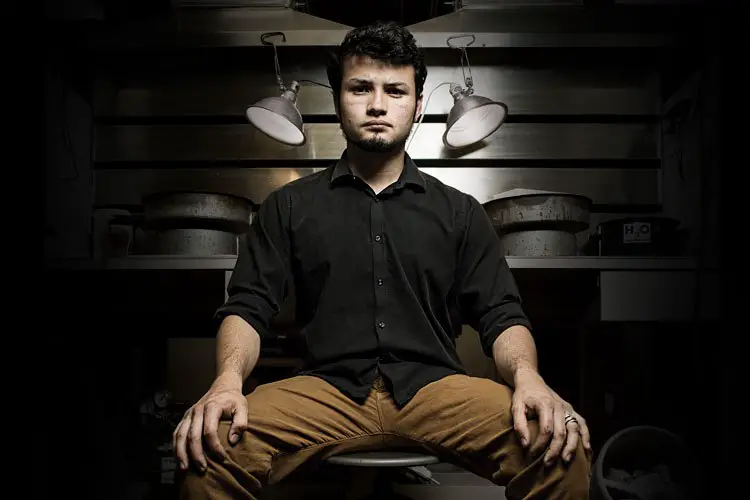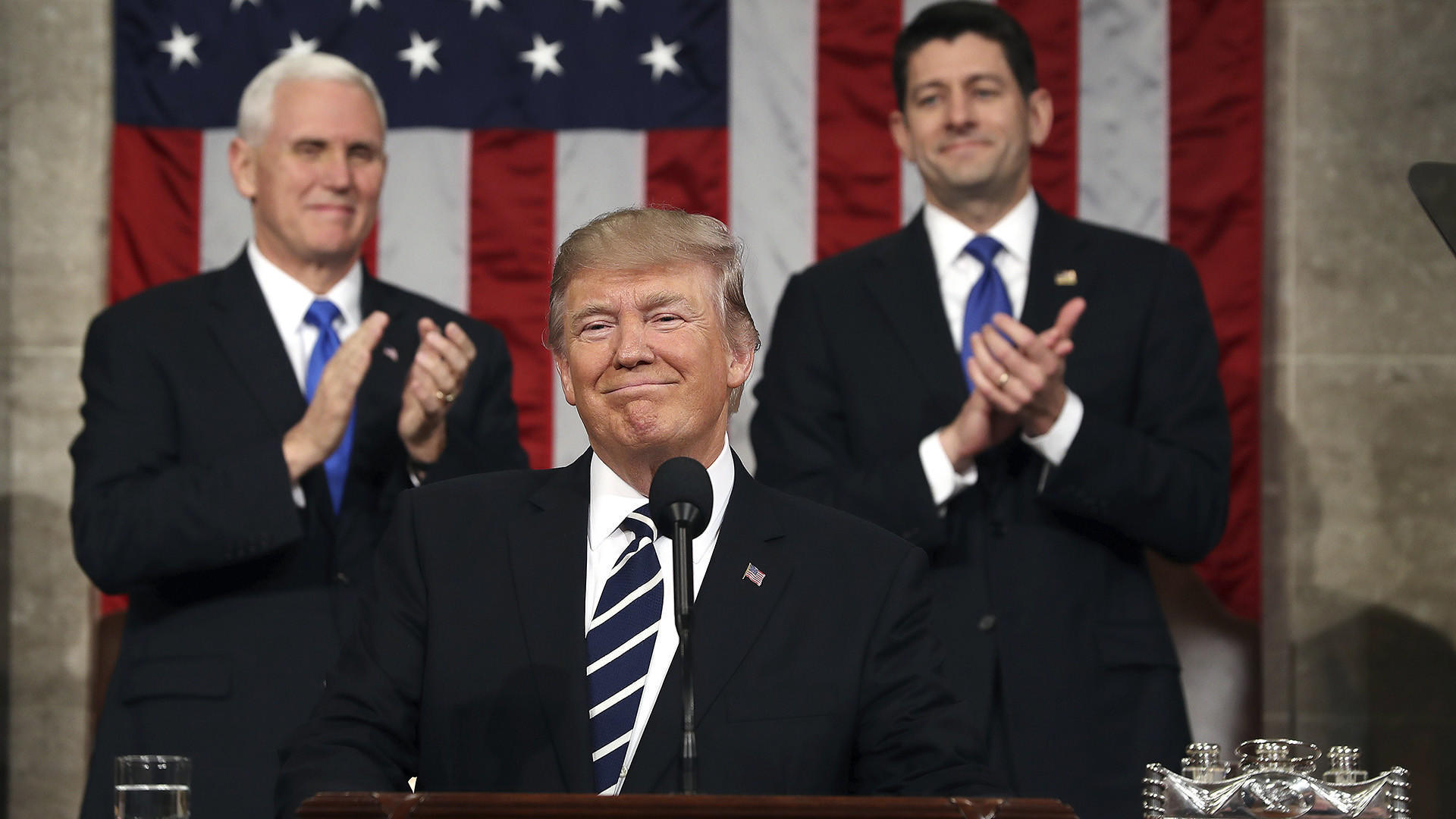In his State of the Union speech, delivered last night on Tuesday, Jan. 31, President Trump put special emphasis on his four-pillar plan for resolving immigration, an issue that has been a thorn in the administration’s side and one of the reasons the government shut down last week. The president said that he wanted to create a plan that contains both Republican and Democratic concepts when it comes to policy.
The first pillar of his plan would allow 1.8 million DREAMers a path to citizenship for a period of 12 years based on two aspects: pursuing education or work requirements, as well as exhibiting a good moral standing. With this, he proposes a merit-based immigration system where DREAMers can provide a boost to the economy and the morale of the country.
The second pillar was his famous campaign policy of building a wall to serve as border security for Americans, namely from gangs such as MS-13 and other would-be threats to domestic security. In his State of the Union, Trump affirmed his vision to “protect people from every background, color, religion, or creed.”
The third pillar of his immigration-reform plan called for eliminating the visa lottery program. “Too many people were offered a chance to stay without taking into account their skill and merit,” said Trump. Many Democrats did not stand up and applaud Trump when it came to this component of the immigration policy, as it contradicts their line on immigration.

Finally, the fourth pillar of Trump’s immigration plan is to eliminate chain migration, a term that has become popular parlance under the Trump administration. Several Democrats have alleged that the word is racist, with Connecticut Rep. Chris Murphy even tweeting: “Reminder: ‘chain migration’ is a made-up term by the hard-line anti-immigration crowd. Its purpose is to dehumanize immigrants. If you’re using that word, you’re declaring a side.”
However, according to a USA Today article titled “Is ‘chain migration’ a racist term? No, it’s just you, Democrats,” demography scholars have been using the term since the 1940s, and it was even used by the Obama administration.
The term refers to the process of immigrants’ extended families moving in chains, rather than as whole groups, to where their relatives or spouses have emigrated. According to Trump’s plan, recent immigrants would only be allowed to bring their spouses and small children.
The president also chronicled the story of C.J., a Homeland Security officer who worked for ICE and U.S. Customs catching criminals at the border.
According to the president, “various members of the infamous MS-13 gang called for his murder.” Despite the threats, C.J. was in the Capitol with Trump and received numerous bouts of applause from the audience for his service.
Another story Trump mentioned during his State of the Union address was the murders of two teenage girls by MS-13 gang members. The president invited the families of the girls to the speech to attend on their behalf.
Regardless of identity politics, these two stories solidified Trump’s point about wanting to protect Americans from immigration-related violence. Trump reaffirmed this point, saying, “If the MS-13 members were denied citizenship and unable to attend the school of the teenage girls, the deaths wouldn’t have happened.”
All in all, the State of the Union made it clear that Trump will be pushing an immigration package that seeks to protect U.S. citizens from immigrants, rather than a policy that encourages more immigrants to enter the territory.

















